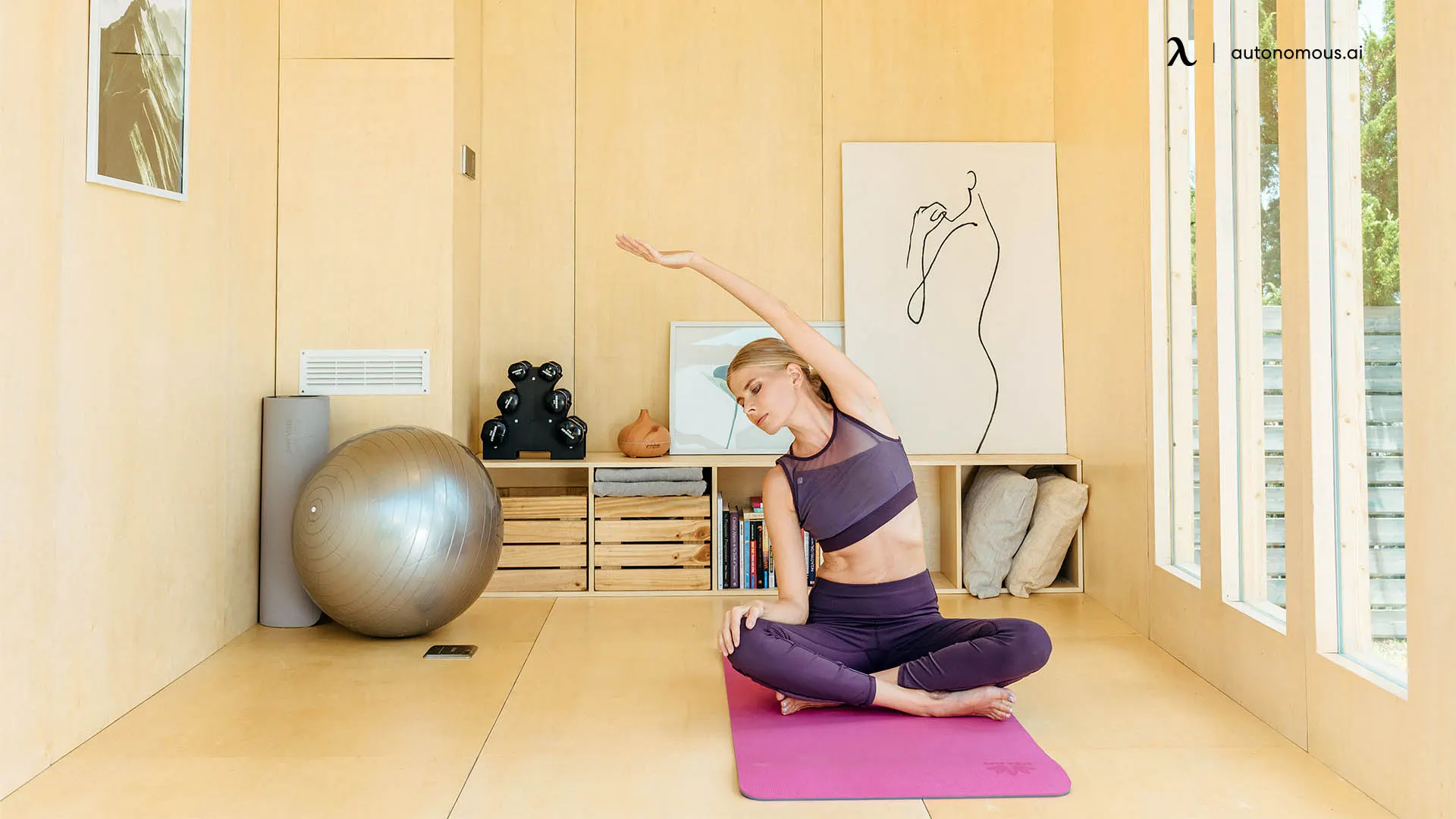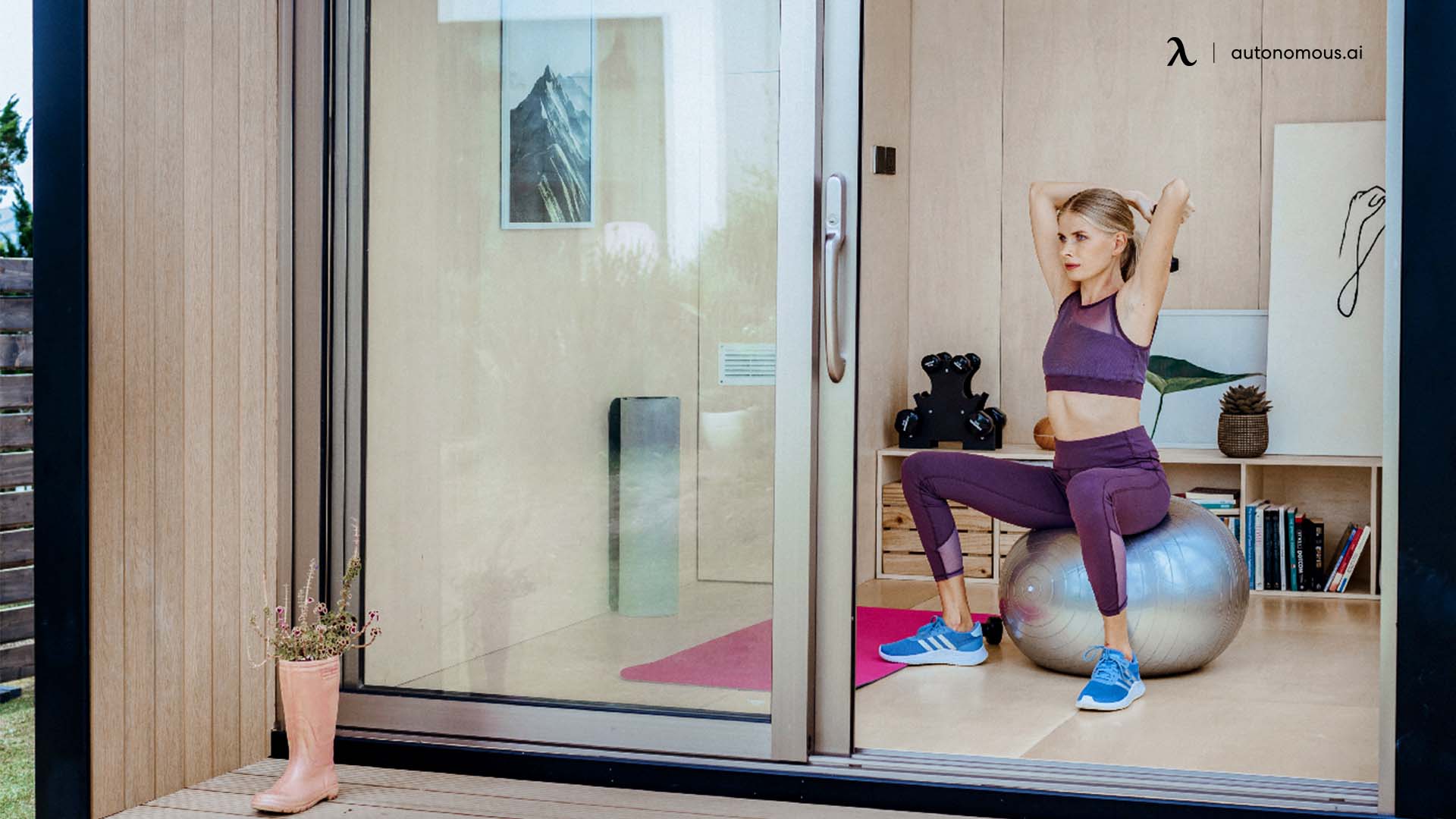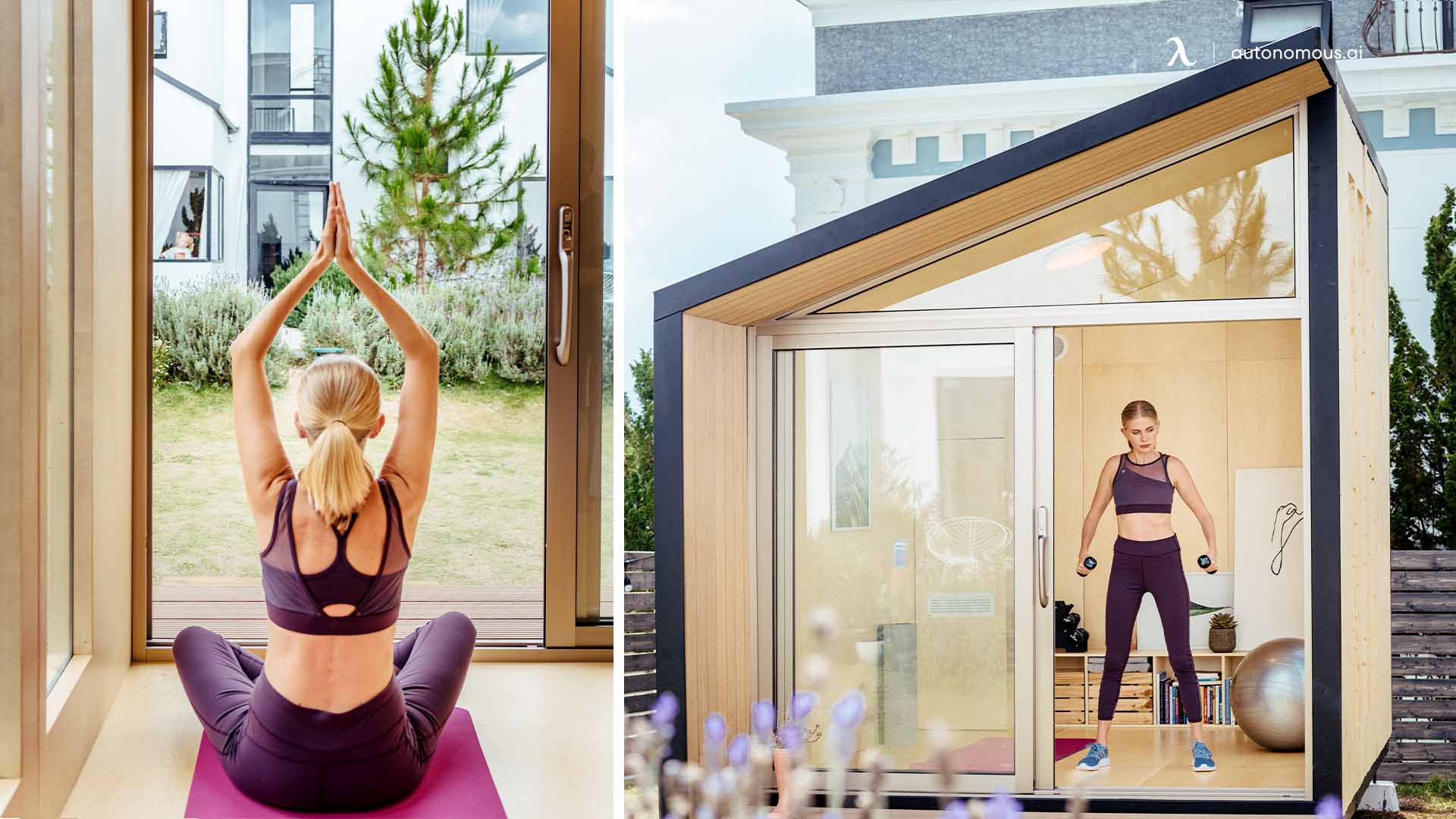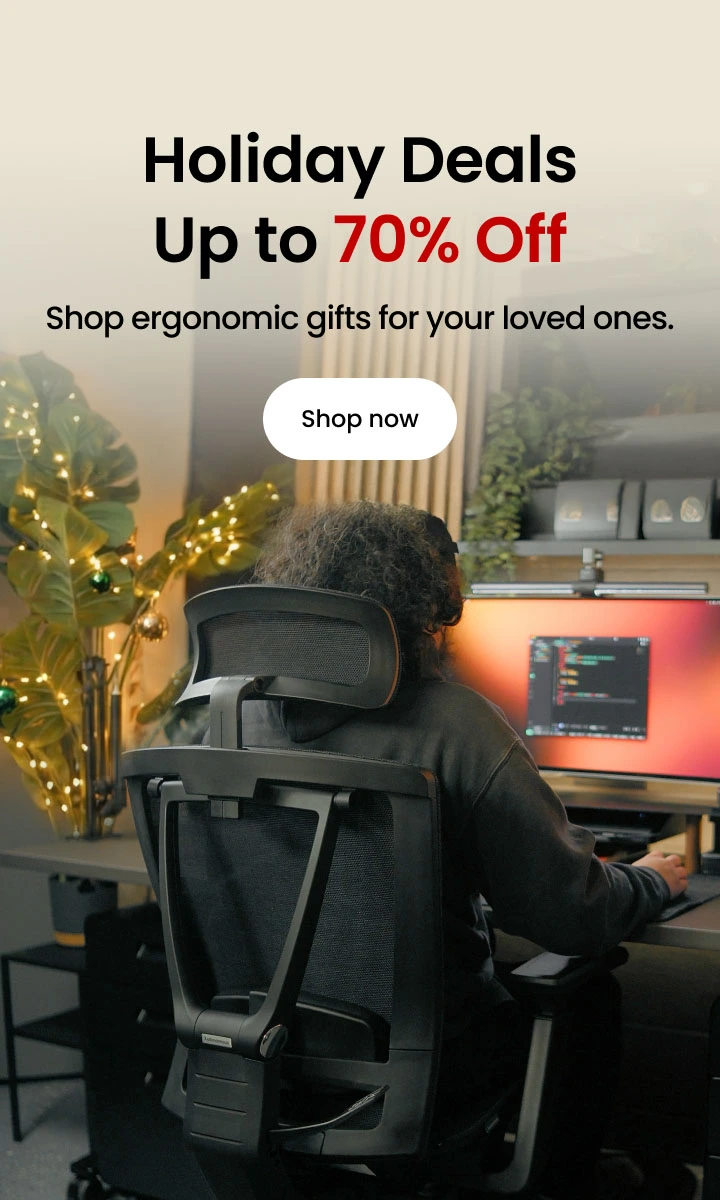
Fitbod App Review: What I Learned After Using It to Get Stronger
Table of Contents
I’ve tried spreadsheets. I’ve tried following random fitness influencers on Instagram. I even tried doing my own thing for a while. But eventually, I hit a wall: I needed structure. Not a generic “chest day, leg day” plan—but something that knew what I’d already done, what gear I had, and when I needed to rest. That’s when I gave Fitbod a shot.
In this detailed Fitbod app review, I’ll break down my full experience using the app—from setup to results. If you're wondering things like “is Fitbod a good workout app?” or “can you use Fitbod for free?”, I’ll answer all that too.
Why I Downloaded the Fitbod App in the First Place
Before I found Fitbod, my workout routine was inconsistent. Some weeks I’d go hard, other weeks I’d flake. And when I did go to the gym, I often spent 10 minutes just figuring out what to do. I needed guidance—but not a rigid program from a coach who didn’t know my lifestyle.
I stumbled across Fitbod workout app reviews online, and what caught my eye was how adaptive it claimed to be. Fitbod promised to build workouts tailored to your goals, fitness level, and available equipment—plus it adjusted based on your actual recovery. That sounded way more intelligent than the guesswork I was doing, so I signed up and got started.
First Impressions: Setup, Interface, and My First Workout
Setting up Fitbod was surprisingly intuitive. When you launch it, you go through a quick onboarding quiz:
- Your primary goal (muscle gain, strength, endurance)
- Your experience level (beginner, intermediate, advanced)
- Which equipment you have access to (this was super detailed—barbells, benches, kettlebells, resistance bands, you name it)
I selected muscle gain, intermediate, and checked off my usual home gym equipment. Fitbod then showed me a “muscle recovery map” and built a full-body workout with barbell squats, dumbbell rows, and some core work.
The interface was clean and minimal. Each exercise had video demos (some even from multiple angles), clear rep/set/weight recommendations, and a rest timer. It even told me which muscle groups I was targeting, and I could easily swap exercises if I didn’t like something. No YouTube rabbit holes, no clunky interfaces. Just straight to the point.
What I Liked Most About the Fitbod Workout App
1. Truly Personalized, Adaptive Workouts
What makes Fitbod stand out from other apps I’ve tried is how smart it gets over time. It doesn't just build a one-size-fits-all plan. It adjusts based on:
- What you trained yesterday
- How fatigued your muscles are
- Your personal feedback (e.g., "too easy," "too hard")
This means you’re not overtraining chest three days in a row or forgetting about legs for a week. Fitbod’s muscle recovery heatmap really helped me visualize when to push and when to recover.
2. It Removes All the Mental Load
This was big for me. I didn’t have to plan or second-guess anything. Each day I opened the app, it gave me a workout, told me how much to lift, and kept track of what I did last time.
If I didn’t sleep well or felt off, I could swap the workout or adjust weights and reps. But even when I didn’t, the app did a solid job estimating my effort level.
3. It Works Anywhere—Home, Gym, or Travel
One of the most underrated Fitbod features is the ability to build multiple equipment profiles. I created one for my home gym (dumbbells, pull-up bar), one for my full home gym setup, and even one for a hotel stay. When I’m on the road, I just toggle to the hotel setup, and the app instantly generates workouts using just bodyweight or resistance bands.
It makes staying consistent so much easier.
4. Great for Accountability
Even though Fitbod isn’t a “gamified” fitness app like some others, it still kept me coming back with subtle motivation. The app tracks everything: sets, reps, total volume lifted, workout streaks, and estimated calories burned. That last one—active calories—really stood out to me. It got me thinking more about my overall energy output and how that translates into real progress.

I started digging into topics like how many active calories should I burn a day, especially on days I wasn’t lifting. Fitbod helped me realize that staying active outside the gym matters just as much. I’d use my off-days to walk more and was surprised by how many calories you burn with 10,000 steps—something I now aim for regularly.
As I tracked my stats more consistently, I realized I didn’t fully understand the difference between active and total calories. Fitbod only shows the active burn, so I read up on active energy vs resting energy to get a clearer picture of what my body was doing all day, not just during workouts.
It also led me down some interesting rabbit holes, like finding out how many calories you burn in an hour doing nothing—which puts your resting metabolic rate into perspective. And when I started doing more cardio as a warm-up, I looked into jogging calories burned and used a calories burned running calculator to estimate what my weekend runs were doing for me beyond just clearing my head.
Even small choices started to feel more meaningful. For example, I found myself standing more at work after learning does standing burn more calories than sitting—and yes, it actually does make a difference over time.
So while Fitbod itself isn’t throwing badges or points at you, the way it visualizes your progress—and prompts you to ask deeper questions about energy, movement, and effort—made it one of the most quietly motivating tools I’ve used.

What Could Be Better
1. Weight Suggestions Can Be Hit or Miss
Sometimes Fitbod nails it with the weight recommendations. But every now and then, it’ll tell me to do dumbbell lateral raises with 35 pounds—when I know 15 is my max. It learns if you keep adjusting, but it does take a few sessions to calibrate.
A real Google Play reviewer echoed my experience:
Occasionally the app will come up with wild numbers—35lbs for superman's? 1,300lbs for dumb bell shrug?
2. Not Great for Injury Management
One thing I really wish Fitbod had was an “injury filter.” For example, when I tweaked my shoulder, there wasn’t an easy way to avoid all overhead pressing. I had to manually skip or swap those exercises. If you’re dealing with chronic pain or injury recovery, this could be a bit frustrating.
3. Free Version Is Pretty Limited
Let’s be real: Fitbod is not a free app. You can try three workouts before it locks up and asks you to subscribe. If you’re asking “is Fitbod app free?” — the answer is technically yes, but practically, not really.
A review on the App Store summed it up perfectly:
Loved the first workouts, but once the trial ended, everything locked. Wish there was a limited but functional free version.
How I Use Fitbod Weekly (And the Results I’ve Seen)
I use Fitbod 4–5 times a week, depending on energy and schedule. My workouts are mostly strength-focused, with an emphasis on compound lifts. What I appreciate is how Fitbod builds each session around what I’ve already done—keeping my training balanced and preventing overuse.
Here’s how a typical week looks:
- Day 1: Full-body session with deadlifts, bent-over rows, and glute bridges
- Day 2: Upper-body push day with dumbbell bench presses and shoulder accessories
- Day 3: Lower-body workout—think squats, lunges, and core work
- Day 4: Active recovery or bodyweight circuit, sometimes paired with a standing desk workout if I’m working from home
- Day 5: Optional session depending on how I feel, which might include some chair exercises for upper body if I need something low impact
On days when I don’t lift, I stay moving with a low-impact indoor walking workout, especially helpful during bad weather or lazy mornings. I’ve also been experimenting with timing—sometimes training in the morning, sometimes after hours—based on what I’ve learned from is it better to workout before or after work.
The result? I’ve seen visible changes in my upper body after just a month. My lifts are more consistent, and I’ve had fewer wasted sessions where I just “wing it.” Now, I show up with a plan, execute, and move on with my day. That kind of efficiency has made a big difference—whether I’m at the gym or squeezing in a few standing desk exercises between meetings.

Is the Fitbod App Worth It?
I’ll put it this way: if you’re someone who likes working out but hates planning your workouts, Fitbod is a game-changer. The subscription isn’t cheap ($15.99/month or ~$95.99/year), but it’s way less than hiring a trainer—and it’s with you 24/7.
If you’re serious about strength training and want to stay consistent, Fitbod is worth it.
But if you’re an elite lifter who needs detailed periodization or someone recovering from injuries, Fitbod might not give you everything you need.
FAQs
Is Fitbod a good workout app?
Yes, especially for beginners and intermediate lifters. It creates smart, adaptive workouts and helps you stay consistent with minimal effort.
Is Fitbod a good app overall?
Absolutely. It’s intuitive, well-designed, and packed with useful features like recovery tracking and gym/home flexibility.
Is Fitbod app free?
Only for three workouts. After that, you’ll need a paid plan to keep using it.
Can you use Fitbod for free?
Technically yes, but it’s not sustainable long-term. The free version is more of a trial.
Is Fitbod app worth it?
If you want guidance, accountability, and personalized strength plans, yes. For the price, it offers solid value—especially if you train regularly.
How does Fitbod track progress?
Fitbod tracks sets, reps, weight lifted, volume, workout streaks, and estimated calories burned. It also uses a muscle recovery map to help guide future workouts.
Can Fitbod be used without gym equipment?
Yes. You can select a bodyweight-only or minimal-equipment profile. Fitbod will adapt your workouts based on what you have access to—whether at home or traveling.
Does Fitbod support cardio workouts?
Fitbod is mainly focused on strength training, but it does include some cardio elements like circuits and conditioning sets. It’s not designed for full cardio programming.
Is Fitbod beginner friendly?
Absolutely. Fitbod is great for beginners because it handles workout planning and gradually increases difficulty. You can also view demo videos for every exercise.
Can you use Fitbod on Android and iOS?
Yes. Fitbod is available on both Android and iOS platforms, with similar features on both. It also supports Apple Watch integration for iOS users.
Does Fitbod offer a free trial?
Yes, Fitbod offers a limited free trial with 3 workouts. After that, you’ll need a subscription to continue using the app.
Is there a lifetime subscription to Fitbod?
Occasionally, Fitbod has offered a lifetime plan, but it’s not always available. Most users choose between monthly or annual subscriptions.
Can Fitbod help with weight loss?
Indirectly, yes. While Fitbod doesn’t provide diet plans, it helps increase strength, muscle mass, and calorie burn—supporting weight loss when combined with proper nutrition.
Can I log custom workouts in Fitbod?
You can modify existing workouts by swapping exercises or adjusting sets and reps, but fully custom workouts aren’t a main feature of the app.
Does Fitbod really use progressive overload?
Yes. Fitbod automatically increases weight, reps, or sets over time based on your logged workouts. This ensures progressive overload without you needing to plan it yourself.
How accurate are Fitbod calories burned estimates?
Fitbod uses general formulas to estimate calories burned, but accuracy can vary by body type, effort level, and exercise form. It’s best to treat it as a guide, not an exact number.
Does Fitbod include meal plans?
No, Fitbod doesn’t provide full meal plans. It focuses on strength and workout programming. You’ll need a separate nutrition app if diet planning is a priority.
Does Fitbod have stretching or yoga?
Fitbod has some mobility and stretching exercises but isn’t a full yoga or stretching app. It’s best for strength training with light recovery add-ons.
Can two people share a Fitbod account?
No, Fitbod doesn’t offer family sharing. Each person needs their own subscription, though some users share logins informally.
Who owns Fitbod?
Fitbod is owned by Fitbod Inc., a fitness technology company founded in 2015 and headquartered in San Francisco, California.
What is Fitbod Elite, Flex, or Strength?
These are program categories inside the app that adjust training focus. For example, Fitbod Strength is heavy lifting, while Fitbod Flex includes more adaptable routines.
What app is better than Fitbod?
It depends on your goals. StrongLifts and JEFIT are good for powerlifting-style programming, Freeletics for bodyweight workouts, and MyFitnessPal for nutrition tracking. Fitbod is best for adaptive strength programming.
Why is my Fitbod app not working?
Common issues include outdated app versions, syncing errors, or server downtime. Try reinstalling or checking Fitbod’s support page if problems persist.

Final Thoughts: Should You Try Fitbod?
To wrap up this Fitbod app review, here’s my take: it’s not perfect, but it’s the smartest, most flexible workout app I’ve used so far. I’ve tried other options like Jefit and Strong, but Fitbod wins in terms of adaptability, ease of use, and overall design. The personalized workouts and smart tracking helped me stay consistent—without needing a coach or writing down sets in a notebook.
For anyone struggling to stay on track or unsure of how to build progress in the gym, Fitbod offers a clear, no-BS solution that grows with you. It’s not just for beginners; it’s for anyone who wants to lift more efficiently and avoid plateaus.
That said, the fitness app market is growing fast, and Fitbod isn’t the only tool worth exploring. If you're more focused on overall well-being, mental clarity, or habit-building, you might also look into:
- Liven app reviews – a mental wellness tool for boosting daily focus
- BetterMe reviews – for personalized wellness and body transformation
- Brainway app reviews – designed to enhance mood, sleep, and performance
- Fabulous app review – a popular app for building healthy habits and morning routines
In the end, Fitbod stands out for physical training, but pairing it with the right mental wellness tools can give you a more balanced, sustainable lifestyle—something I’ve come to value more than just lifting heavier every week.
Spread the word
.svg)







